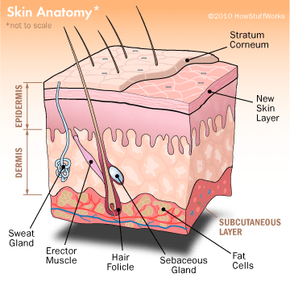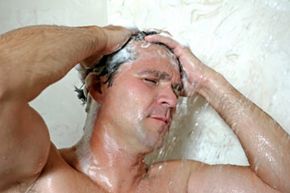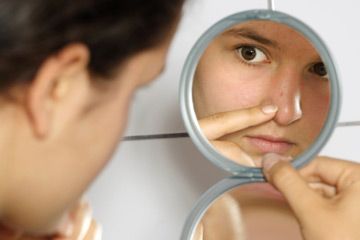Think about your armpit, or the inner part of your upper thigh. Sensitive spots, aren't they? The nerves that give our skin its remarkable sensitivity are packed tight in those zones, making even a small injury there feel much worse than it actually is.
Now, with that image fresh in your mind, consider this:
Advertisement
Infected sweat glands.
Makes you cringe, doesn't it?
The idea of a swollen mass growing in some of the body's most sensitive areas is an uncomfortable thought, but for people suffering from infected sweat glands, it can be a painful fact of life. Sweat gland infections on visible parts of the body can be embarrassing, and severe infections can hamper a person's ability to move comfortably.
While there are a number of different causes for infected sweat glands, the symptoms are often similar: A spot under the skin swells and becomes painful. It may form a boil that ruptures and oozes pus, or may develop into a rash of tiny vesicles, blister-like bumps that itch and ooze fluid when scratched. Over time, a minor infection may subside, leaving little more than a lump of scar tissue. More severe infections, however, can leave large scars, which may require surgery to remove. And while some sweat gland infections appear to be made worse by excess body weight or time spent in a hot climate, sweat gland infections are fairly widespread. No single gender, age group or ethnic group has a genetic free pass from this uncomfortable type of infection [sources: Baker, Hijazy].
So what causes a sweat gland infection? How does a person treat or, better yet, avoid this painful condition? To answer these questions, it helps to understand what sweat glands are, what they do and how their very design makes them susceptible to infection.
Advertisement





